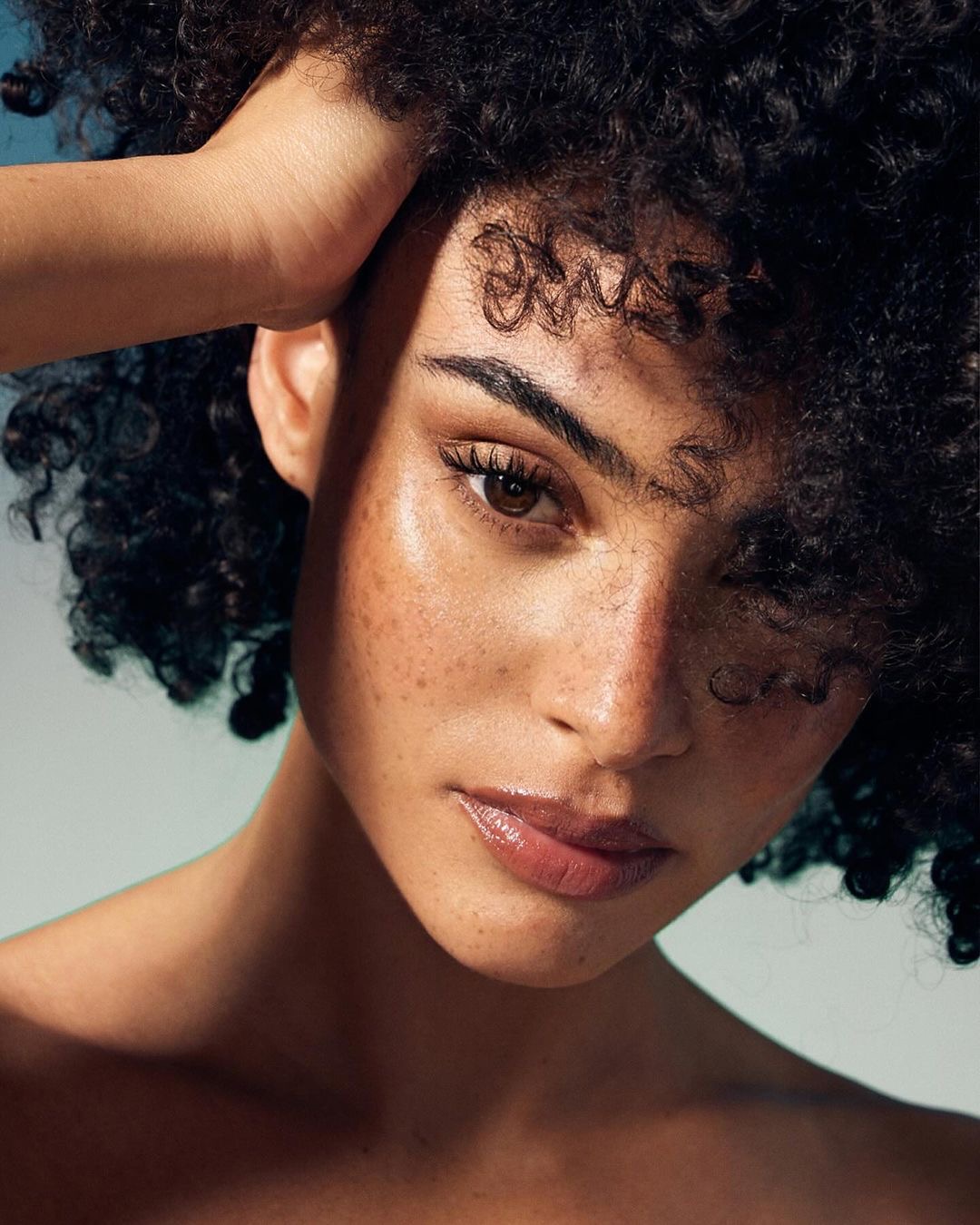The natural and transitioning hair community is a vast and informative place with loads of natural hair and transitioning terms. All of the terminology can be a bit overwhelming to anyone, old hand or newbie. Knowing what the terms mean can be incredibly helpful when you least expect it. We encounter them in casual conversation with other curlies or magazines with articles dedicated to curly hair care. If you are as mystified as I was when I first encountered these terms then keep reading. Below is a list of natural hair and transitioning terms and their meanings. Some may be familiar and that’s ok. We can all use a refresher!
1. Creamy Crack
Creamy crack tops our list of natural hair and transitioning terms. Many of us have heard this term before; some of us have even participated at some point. Creamy crack refers to a reliance on chemical processing, otherwise known as relaxers. Creamy refers to the chemical’s texture and crack refers to the addictive quality.
2. Transitioning
This term refers to hair that was once chemically straightened but is now in the process of growing out those strands. As new hair grows it is not processed with chemicals to straighten it. The result is a transition from processed hair to natural hair untouched by chemicals.
Frequently asked questions
Snapshot Survey
Thanks for sharing your thoughts!
Please subscribe for your personalized newsletter:
3. 2a, B, C; 3a, B, C; 4a, B, C
When a girlfriend asked about my curl type, I had no idea what she was talking about. When she described it to me, I was amazed at the complexity of this system. This mix of numbers and letters is a way to classify and describe curl pattern and texture: 2a loose waves to 4c tight coils; 2a = wavy, 3 = curly, and 4 = kinky. The letters and numbers in between represent different levels and textures from loose to tight.
4. Length Check!: CBL, SL, APL, BSL, MBL, WL, BBL, HL
These letters refer to different measurement markers! Very creative! Organized from shortest to longest, these acronyms represent measurements from Collar Bone Length, to Hip Length. People have increasingly creative ways to describe hair type and length.
5. ACV
This acronym sounds like a music group. ACV actually stands for Apple Cider Vinegar. ACV is used as part of your cleansing regimen. After you cleanse your hair, rinse with ACV then apply your conditioner and continue with your routine.
Gallery Spotlight
Save and share the images that inspire you. Tag @allwomenstalk to get featured.
Save
6. Baggy
Baggy is a method to help reduce breakage and dryness. After washing your hair, conditioning, and sealing your hair, cover your head with a plastic cap or shower cap. Wear it overnight, allowing the moisturizers time to nourish your hair. When you wake in the morning, style your hair as usual.
7. Protective Style
I love this term because it is incredibly accurate. It is an umbrella term for a variety of cute styles such as the braid and curl discussed later. Protective style refers to the way we style our hair that keeps it healthy. Specifically, a protective style does not use heat and keeps the strands (particularly the ends) well moisturized.
8. BNC
You have probably done this without knowing there is a term for it. I know I have! BNC stands for Braid and Curl. Braid your hair while wet and roll the ends with rollers. Let your hair dry overnight and unbraid in the morning. The result is a lovely curly wavy style.
9. Braid out and Twist out
Braid Out and Twist Out are two different but very similar styles. Both are easy to do and produce lovely results. Three strand braid or two strand twist your wet or damp hair. Allow it to dry overnight. In the morning, unbraid your hair for lovely results. These are my favorite go-to protective styles.
10. CoWAsh
This term refers to a method of cleansing your hair using conditioner, not shampoo. Some hair care brands have created cowash cleansers for this purpose. These products do not include the harsh chemicals that the conditioner only method tries to avoid. These cowash cleansers clean your hair a little better than the conditioner only method without drying your hair.
11. Dusting
This may sound like a household chore. The name is similar but when referring to natural hair care, the meaning is different. Dusting is a method of trimming hair. Using this method, you trim no more than ¼ inch of hair. The resulting bits of hair that fall to the ground look like dust – hence the name!
12. EO – Essential Oils
EO refers to a body of natural oils that moisturize your hair and promote healthy hair growth. These oils include, but are not limited to: peppermint, jojoba, sage, and lavender.
13. EVCO and EVOO
These two terms refer to two essential extra virgin oils that nearly every curly girl uses at least once! EVCO = extra virgin coconut oil. This oil is very light and moisturizing. It smells great, too. It also avoids the “salad” smell that some people associate with other oils. EVOO = extra virgin olive oil. This oil is wonderful for your hair. It moisturizes very well. I use it when I detangle my hair just before cleansing. You can use either of these oils in a variety of ways to promote healthy, shiny hair.
These are just a few of the many natural hair and transitioning terms. As the community and curly hair resources continue to grow, this lexicon will surely expand. Do you rock your natural and transitioning hair? Which method works best for you? Please, share! There are loads of wavy, curly, coily, and kinky haired ladies out here. We all need the love and support.

Feedback Junction
Where Thoughts and Opinions Converge